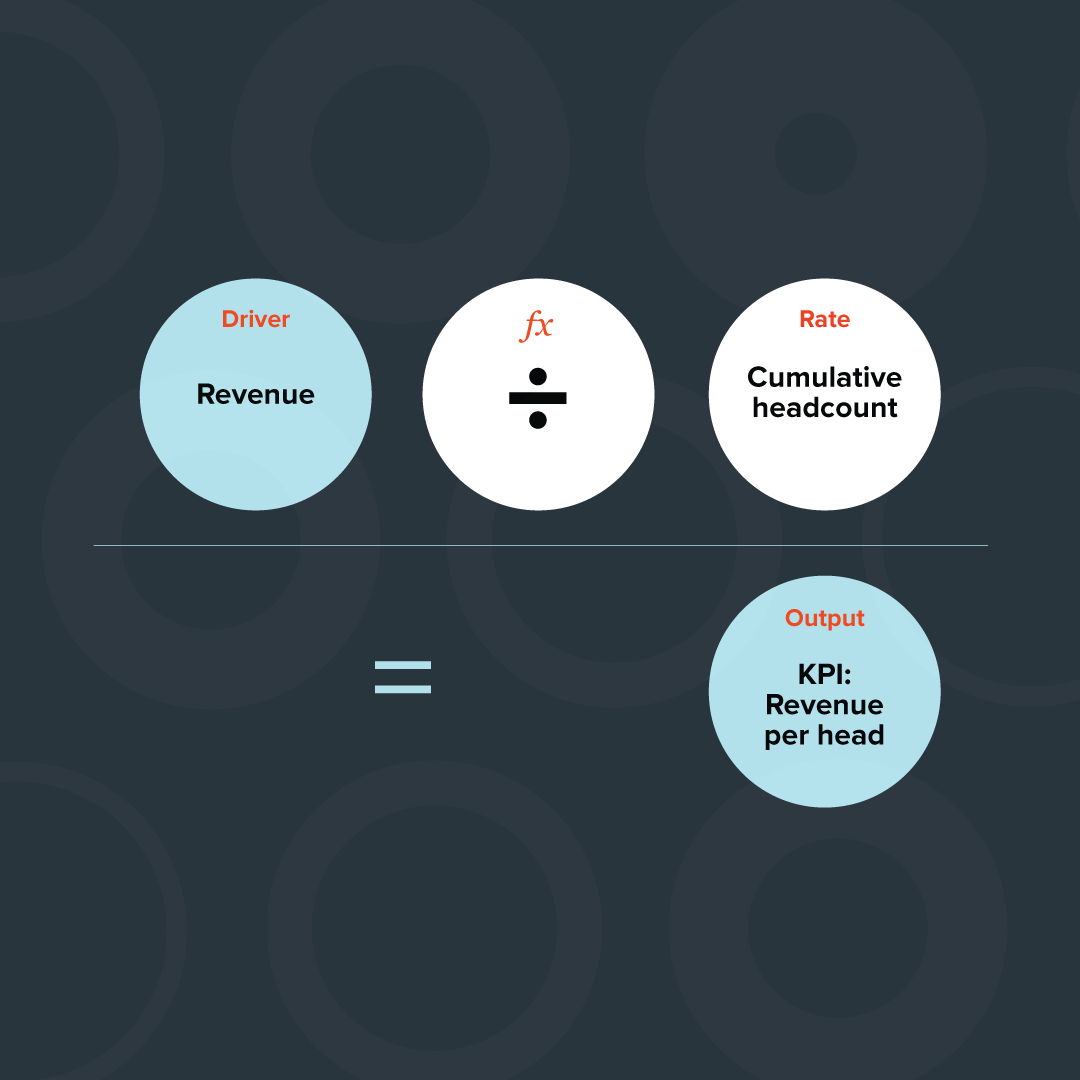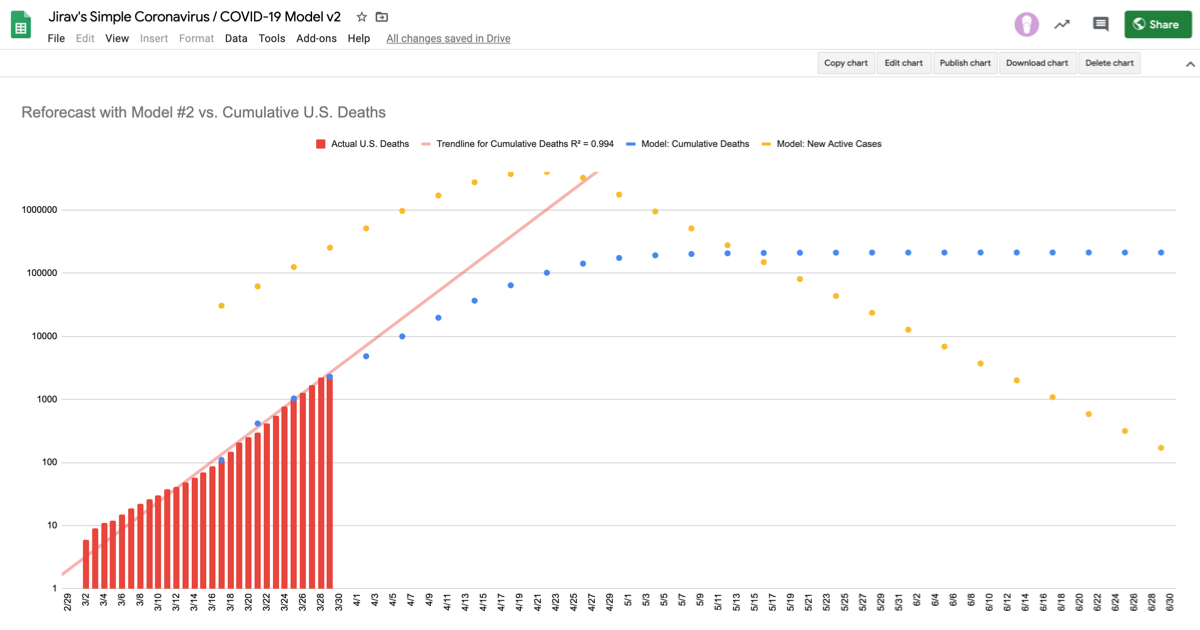As a CPA, your ultimate goal is to provide a valuable service to your clients. This means a lot more than producing financial statements and budgets. CPAs provide guidance and insight, leveraging experience to point out opportunities or pitfalls.
But as accountants, we can also be understandably risk-averse. You might hesitate to put yourself out there and offer solutions that aren’t clearcut.
In order to grow and continue to increase the value to clients, we need to expand what we can offer. This growth requires a change in mindset, skillset, and overall client deliverables.
Fortunately, providing high-level, value-driven services doesn’t have to be overly complicated. A great place to start is with a financial forecast. Yes, this leans into CFO territory, but with the right systems, tools, and support structure, this is well within reach of most CPAs.
5 simple steps to move into forecasting
1. Understand your clients’ goals.
So often, you may do “the work” for clients without actually having a great sense of where they want their business to go.
Their goals will dramatically impact the reporting they need to see.
- Does your client want 10x growth in the next five years?
- Do they want to sell the business soon?
- Do they want to keep their current lifestyle and maintain a stable profit?
Each of these examples leads to a different focus. If you are hoping to maintain profit, the focus will be more on cash flow and consistency in operations. If the goal is 10X growth, you'll need to plan ahead for hiring and ramping up marketing investment for lead generation.
Where the client is hoping to go will play a major role in the reporting and metrics you provide. By getting a clear picture of their big picture, you can tailor your forecasting to their objectives.
2. Identify the key drivers that will make or break those goals.
Take this business-to-business (B2B) example: What does growing revenue 10x depend on?
- Increasing sales. This requires increasing sales headcount, providing new tools for sales to be more efficient to increase revenue by the sales reps or to increase sales leads delivered by marketing.
- Decreasing churn. How? By adding account managers? By providing discounts before renewals?
- Cross-selling new services. By adding a cross-sell-focused salesperson? By training existing account managers and incentivizing them with sales commissions?
Once you know these are the key drivers to 10xing the business, you can drill into the various scenarios and see how they affect the forecast based on the assumptions. Then you can test the assumptions in the real world and determine what is having the biggest impact on the goals.
A big part of the first step — building the financial forecast — includes an accountability rhythm of checking in on progress. These drivers will be the focal point of the discussion and should provide a gauge on whether the business is trending in the right direction.
If this process sounds overwhelming, it may be because you’re thinking of doing it in a spreadsheet.
3. Get out of spreadsheets and use tools that make forecasting easy.
Creating this financial model with proper feedback is extremely involved in a spreadsheet.
There are so many levers that impact the key business drivers, and it’s difficult to see how they all interact with each other, much less present them in a visually appealing way. When increasing sales headcount, how does that play out in increasing sales while also increasing marketing spend?
There’s a better way. Jirav was created for exactly this kind of scenario. You build a model where the various inputs are tied to drivers, and as you increase or decrease those inputs, you can easily see how they impact growth.
And, it’s connected to your clients’ accounting systems, so the Excel nightmare of pulling in actuals and reforecasting every month is gone.
4. Leverage your work with one client to forecast for many.
The beauty of using the most current technology created for exactly this reason is that once you figure it out for one client, you can easily copy the entire model and use it for another client with minimal customization.
You do the hard work once and then use it over and over and over again to provide incredible value to all your clients.
For example, with Jirav, you can clone plans and forecast multiple scenarios in real-time. On the same note, you can copy report packages and dashboards. So in your advisory role, you are now building a toolkit you can apply in a variety of scenarios.
5. Send monthly financial reports with no extra work.
Forecasting isn’t a once-a-year thing. If you’re doing it right, you’re checking in with your clients monthly and comparing their actuals to the forecast to see if their assumptions are correct, what’s actually having an impact, and what they might need to change. You could manufacture this in Excel every single month, or with Jirav, you can automate sending reports to your clients.
This creates a rolling monthly scorecard for your clients and a basis for having relevant conversations about their goals.
That’s value. Keep in mind that your clients are not necessarily used to receiving a set of financial reports that speak their language and connect to their goals. When you provide this reporting package, you can create an “Aha” moment for clients who can see their business in a completely new way.
This may lead to additional questions and adjustments to the package. You will continue to revise and tweak the model. You are building a dialogue with the client centered around their goals and the data leading to those goals. This puts you in the position of a trusted adviser, and as a CPA, you have all the tools at your disposal to do it.
With the right tools and the right mindset, you can make the leap from CPA to CFO quickly and painlessly, deliver more value to your clients, and make more money for your business.
Want to see how it works? Try a demo of Jirav here.










